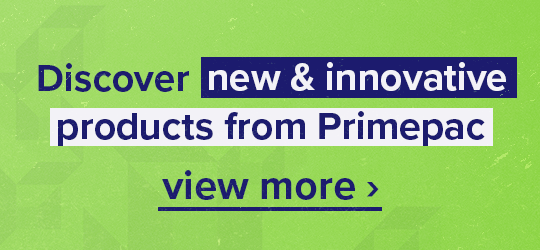
Choosing the right type of stretch wrap for your packaging needs will make a significant difference in terms of cost savings, efficiency and security for your products. Depending on what you are packaging, your stretch wrap will need to have certain characteristics, ranging from opacity, colour, elasticity, and cling.
All of these factors can make choosing a pallet wrap daunting, so we’ve put this blog together to help you choose between blown stretch wrap and cast stretch wrap. Keep reading to find out which stretch wrap will best suit your pallet wrapping needs.
What is blown film?
Blown film or ‘blown stretch wrap’ is named after its manufacturing process, which produces a large bubble shape from molten resin.
The blown wrap manufacturing process:
- A granular resin is fed through a heated screw barrel.
- The resin is forced through a circular die (or mould).
- The hot resin is blown upward and outward, forming a tall cylindrical ‘bubble’.
- As the resin is blown up, it is cooled gradually by the surrounding air. This slow cooling is what makes the wrap look cloudy and dull.
- At the top of the ‘bubble tower,’ the resin film is separated and collected onto rollers.
Characteristics of blown stretch wrap
Blown stretch wrap is popular for pallet wrapping for a few reasons, most notably its puncture resistance and durability. This wrapping option is ideal for pallets with irregular shaped loads, especially those with sharp edges or corners. For this reason, blown stretch wrap is a favourite for manufacturers loading machinery or masonry.
- Durable and tough.
- Incredibly high puncture and tear resistance and can stretch up to 250%.
- It is incredibly clingy which can make it easier to wrap a load tightly. However, this can also make it more difficult to manipulate.
- Due to its tackiness, it is extremely noisy to unroll.
- Produces less scrap in the manufacturing process to reduce waste.
- It is dull and hazy in appearance. This opaqueness can help to deter theft, but also makes barcode scanning and load identification a challenge.
What is cast film?
Cast film or ‘cast stretch wrap’ is named because of the way the hot wrap is cast upon chilled rollers to solidify it. This process is what gives the wrap its crystallised clarity.
The cast wrap manufacturing process:
- Granular resin is fed into a heat screw barrel.
- Then, the hot molten resin is repeatedly fed into a narrow slot die. The dimensions of the slot will determine how thick and wide the stretch wrap will be.
- The molten resin is fed onto chilled rollers to immediately cool and solidify it. This turns the resin into a thin, transparent film.
- When the film is effectively cooled, tension rollers are used to guide it towards designated winding and slitting stations.
Characteristics of cast stretch wrap
Cast stretch wrap is the industry leader as a general-purpose wrap, largely due to its versatility and consistency. This packaging wrap is suited to a variety of products and load types and is easy to manipulate while wrapping. The popularity of cast stretch wrap is due to many reasons, each of which we are going to cover here.
- Highly transparent which makes it easier for factory workers and transport crews to see what is in the load. This is especially important for factories using barcode scanners to identify loads.
- It only sticks to itself which makes it more manageable during the wrapping process.
- It unwinds effortlessly and quietly.
- There are no limitations on its thickness and it is uniform throughout the roll which makes it easier to handle. This makes for a tighter and smoother wrap.
- It creates a strong barrier for moisture, gases and smells which ensures products arrive in good condition.
- Has moderate puncture resistance. Whilst blown stretch wrap is superior in this regard, cast stretch is still a durable and reliable wrap option for most packaging applications. The only exceptions are heavy loads and loads with sharp edges.
Want to know more? Learn about the differences between cast film and blown film, in our educational video below.
Containment force guidelines
Before you make a decision, it’s worth noting that some stretch wraps will offer different abilities in terms of containment force. What that means is that the pallet load might not be as secure.
Containment force is the pressure put on a load by the pallet wrap, which determines whether the load shifts or falls during transportation. Some pallet wraps will exert the same amount of containment force while minimising the amount of wrap used, but others can require extra wrapping to keep the load secure. Cast stretch wrap has better stretch memory which can help to keep loads secure in transit, but in some cases, a more durable option like blown stretch wrap will be more reliable.
To ensure you select the best stretch wrap for your load, as well as eliminate any unnecessary waste, get a free wrap efficiency consultation with Primepac. Our experts know the important factors to consider for containment force, as well as the characteristics of each stretch wrap type.
Other pallet wrapping products
There are more products to consider than just the stretch wrap itself, in fact, there are several products designed to make the pallet wrapping process as simple, economical and user-friendly as possible.
- A hand stretch wrap dispenser is a great way to minimise waste and reduce strain on your workers. The additional end caps and handles also help to make the whole process as convenient as possible.
- Stretchwrap cutters are an invaluable tool when wrapping pallets because they make cutting the wrap much safer. The Primepac stretch wrap cutters are easy to use and small enough to fit in your pocket. Not only that, they’re designed to effectively cut the wrap, without damaging the products inside.
- Security wrap is a completely opaque wrap used to conceal a load and deter theft. Depending on the stretch wrap you choose, you might want to factor in whether an extra layer of protection for your products is worth investing in.
- Pre-stretch wrap is a subset of cast stretch wrap but is stretched in the factory before it gets to you. This makes it lightweight, easy to handle and a time-saver for lighter loads.
- Net wrap is an exciting innovation for fresh produce packaging because it allows breathability. The Primepac net wrap is made of a durable plastic knit which can stretch further, meaning you can use less and keep costs low.
Primepac pallet wrap options
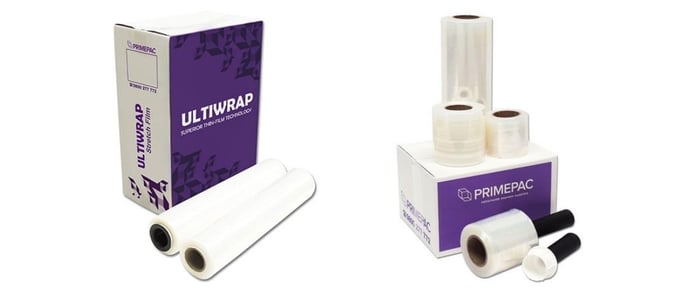
At Primepac, we understand the diverse nature of packaging, particularly for logistics and warehousing environments that rely on pallet wrap for daily operations. Every business has a unique product to package, and numerous variables that factor into the packaging process. That means there needs to be a range of packaging options to suit a variety of scenarios, and at Primepac, we have the best stretch wrap options available all in one place.
For everything, you need to wrap your pallets, check out our pallet wrapping product page. You’ll find our entire range of quality pallet wrap products including cast and blown films, as well as the accessories to make your pallet wrapping as efficient and simple as possible.



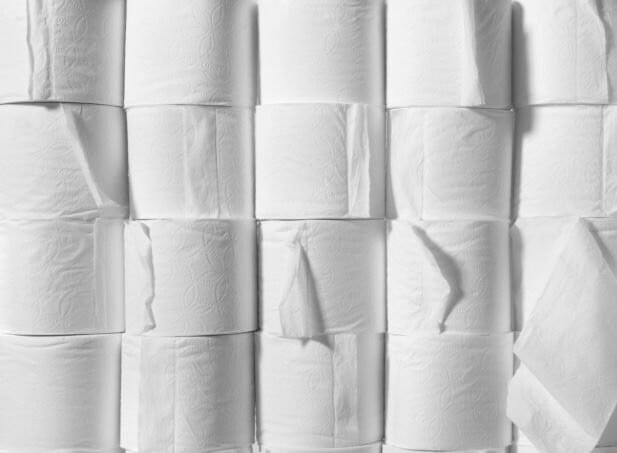
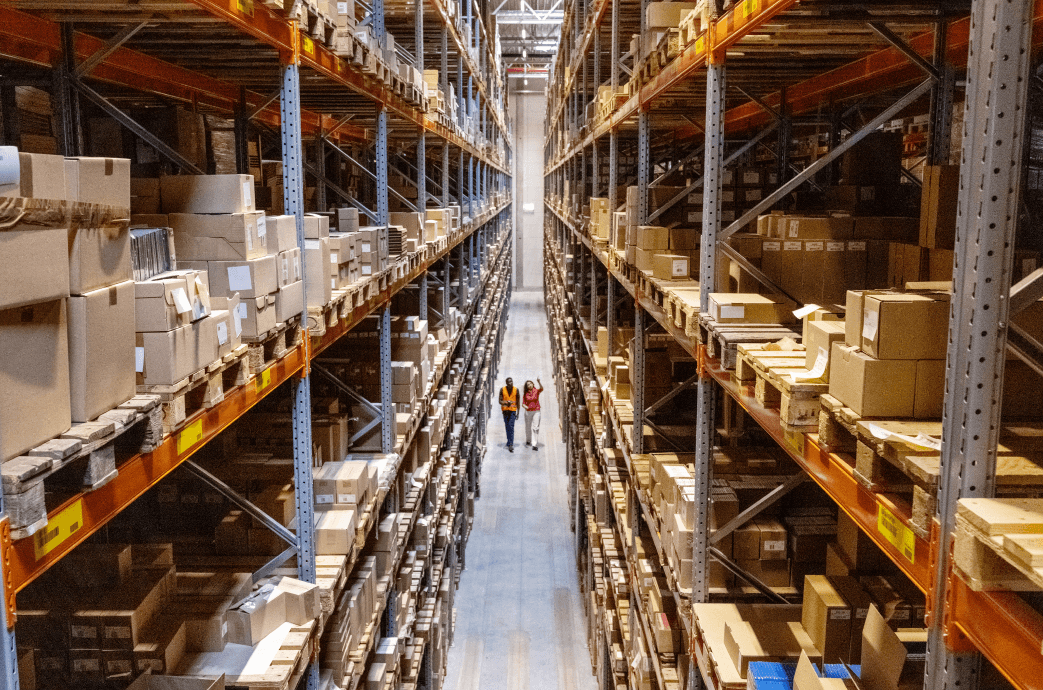
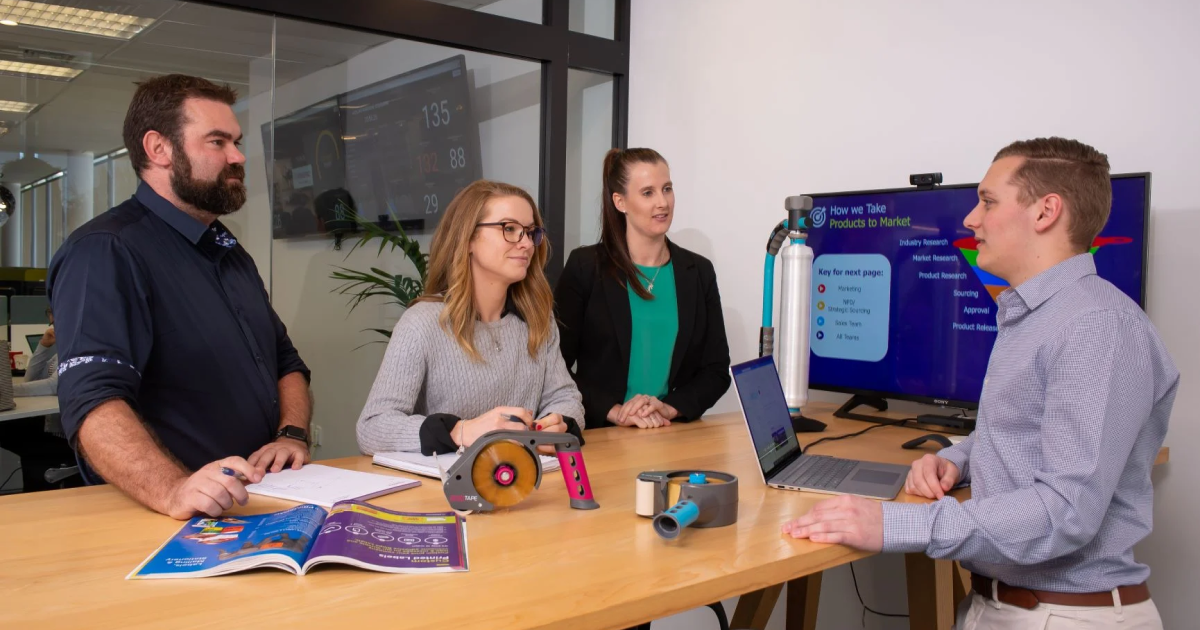
.png)
